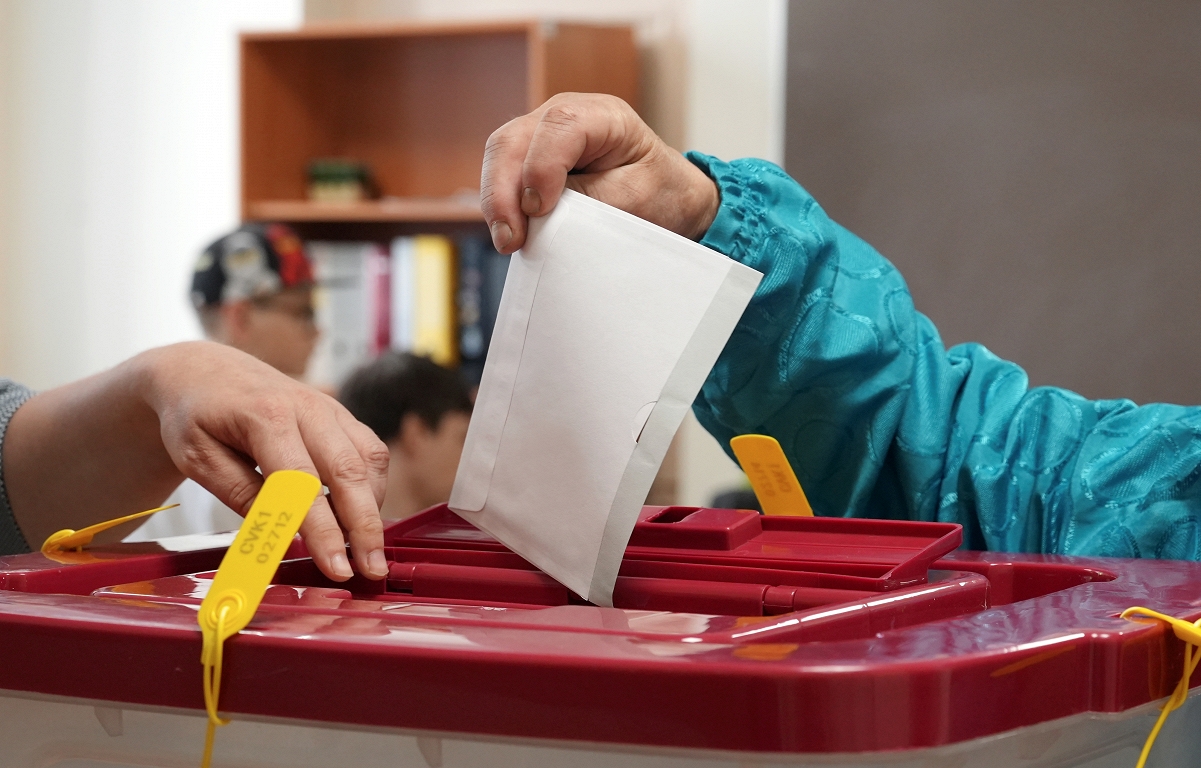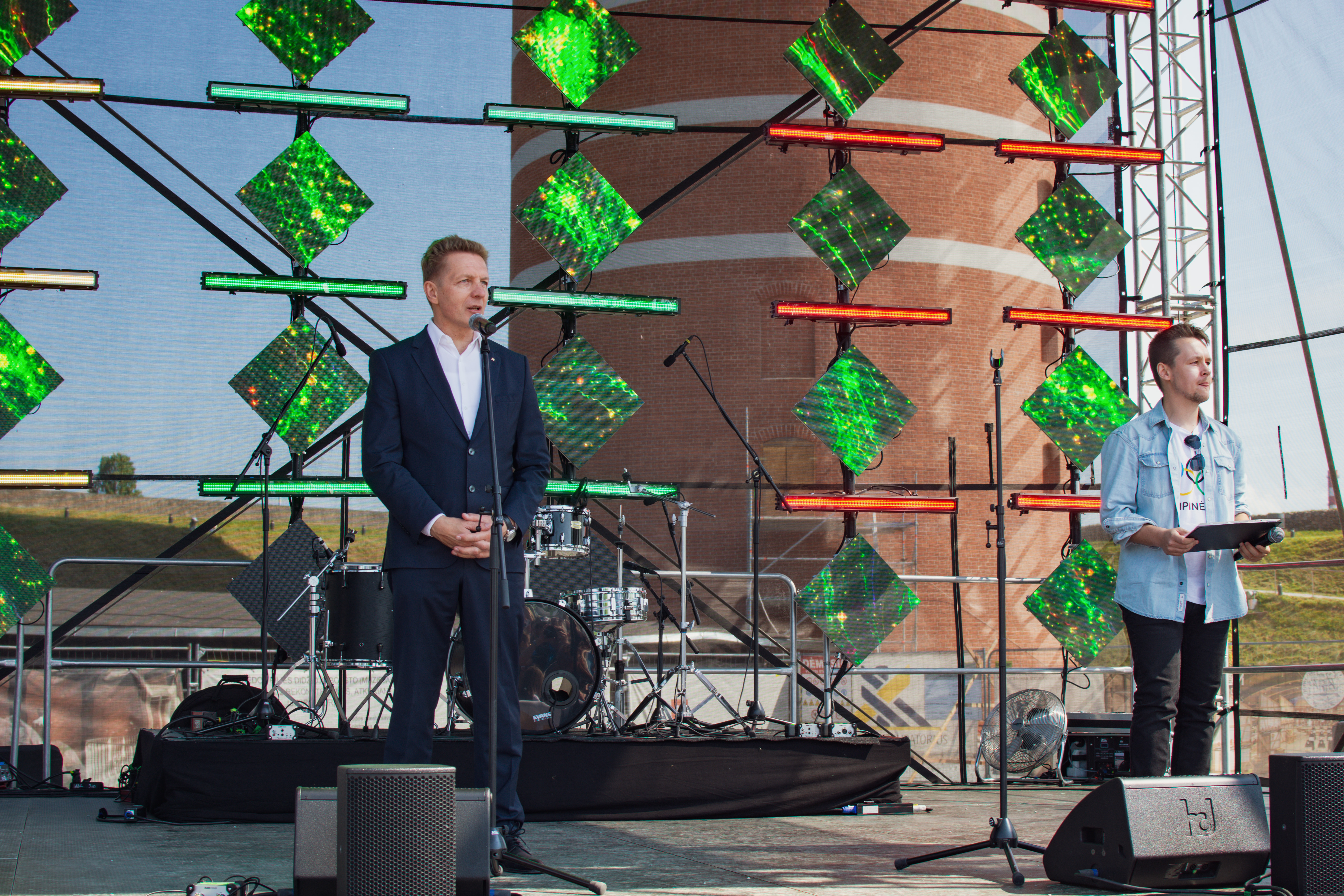Convert light into electricity with the air of radishes
/s3/static.nrc.nl/images/gn4/stripped/data130628974-415018.jpg)
21 polo -horses suddenly fell dead for a championship in Florida, in 2009. They collapsed when they were loaded from the trailer for the polo competition, wrote, wrote The Guardian. Some horses ($ 100,000 each) died almost immediately, others deceased hours later. The polo world stood for a mystery. Contaminated water or food? Poison? Research pointed to an overdose of selen. A few hours before the competition, the horses were given the mineral in an injection together with a few other vitamins and minerals, but in a too high dose. According to the vet in Florida Wash the amount of seleni in the blood of the horses ten to fifteen times higher than normal. Seleen contributes to the muscle recovery in small quantities, with an overdose it can dilate the blood vessels, so that no more blood flows to the heart. The horses got in shock and died.
The Swedish chemists Jöns Jacob Berzelius and Johan Gottlieb Gahn discovered the element in 1817 in residual material of sulfuric acid preparation. They were co-owners of a sulfuric acid factory in Gripsholm, Sweden, who used pyrite as a raw material. At first Berzelius thought he had found Telluur, that more than twenty years earlier had been discovered. The smell of radishes that was released during heating put it on the wrong track: Telluur also smells.
On closer inspection, however, it turned out to be a new element. Because of the parable with Telluur – which is named after the Roman goddess of the earth – Berzelius named the new element after the Greek goddess of the Moon: Selene. Seleen looks like sulfur, where it is directly below in the oxygen group of the periodic system. In elementary shape, Seleen has different appearances, depending on the temperature: as brick red powder, a glassy black solid material and a gray -meterly shape. Seleen is often won as a by-product during the processing of copper and nickel. It also happens in certain rare minerals.
Seleen is indispensable for humans as a trace element. A human body contains an average of 14 milligram selena. It protects as antioxidant cells and red blood cells against damage, makes heavy metals that can occur less toxic and it is important for the proper functioning of the thyroid gland. At the same time, Seleen is toxic in too high doses – see the horses. Many seleni connections, such as the gaseous hydrogen songside, are also toxic. A surplus can lead to seleni poisoning, with symptoms such as hair loss, skin rash and nail breakdown. According to the Nutrition Center, a surplus does not happen often, although it is careful with Braziloten: with three Brazil nuts you already get more seleni than the upper limit of 255 micrograms per day that applies in Europe.
The most important industrial application of Seleen is nowadays as an addition to glass. Some selenium compounds discolor glass, others give it a deep red color. Seleen also has photovoltaic properties: it converts light into electricity. In full daylight, the conductivity is about a thousand times larger than in the dark. Because of those properties, it is used in solar panels, among other things.

:format(webp)/s3/static.nrc.nl/bvhw/files/2019/08/web-1708zatwongjpg.jpg)
:format(webp)/s3/static.nrc.nl/images/gn4/stripped/data132512191-bf7b93.jpg)
/s3/static.nrc.nl/images/gn4/data133305174-ec8c91.jpg)



